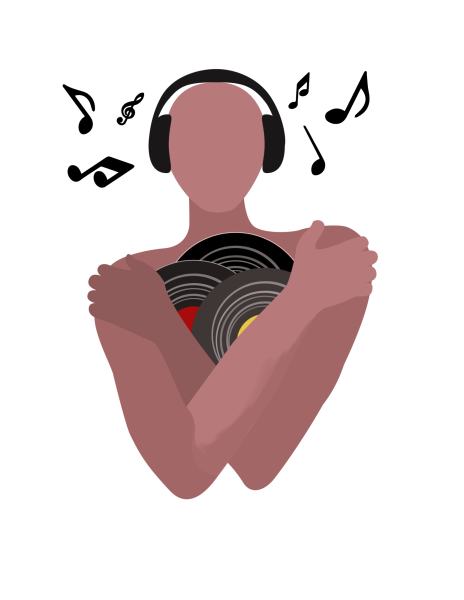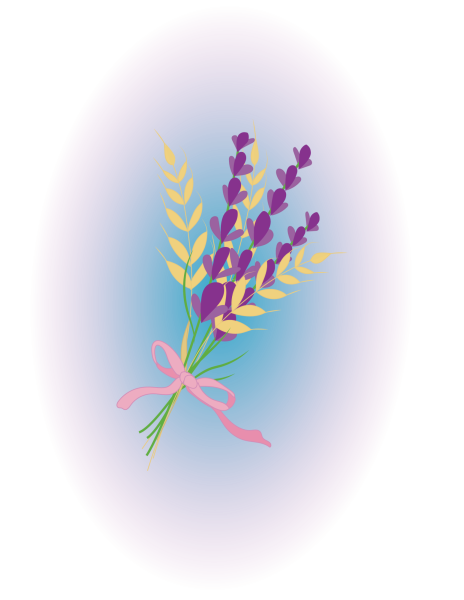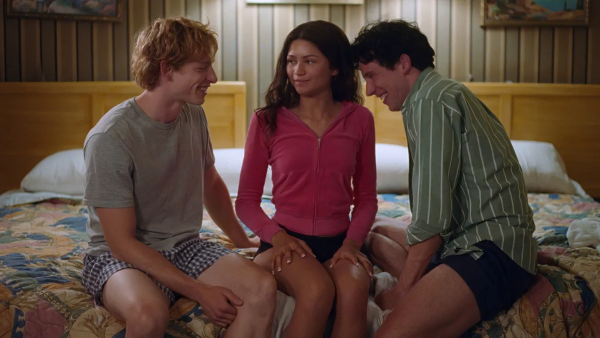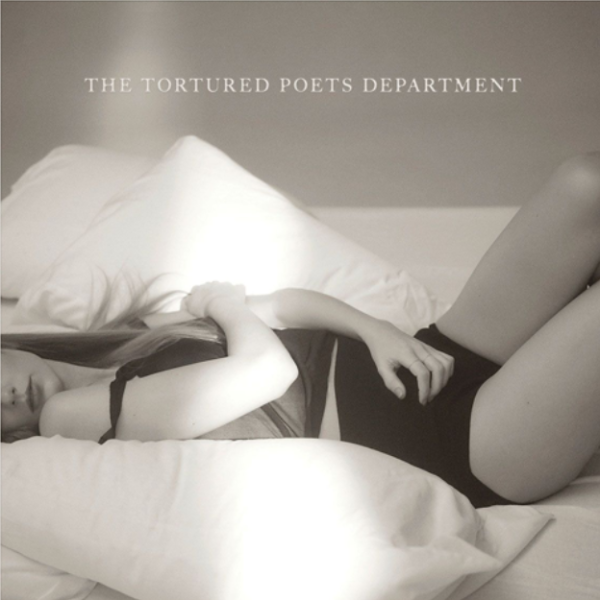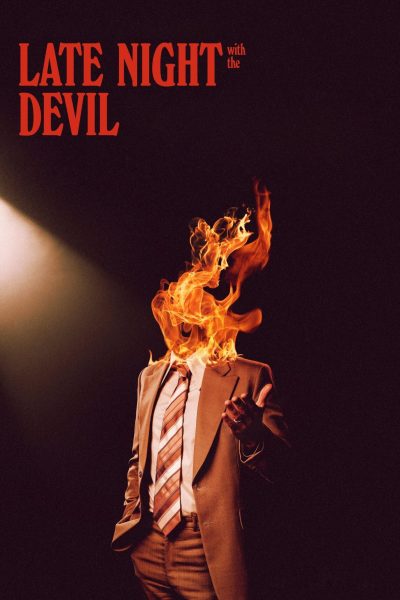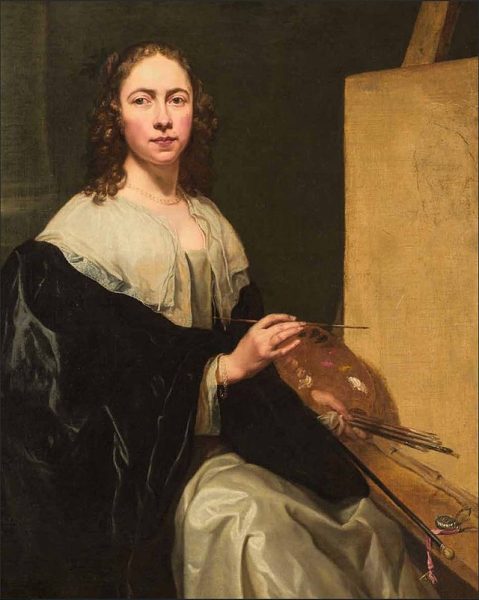A Virtual Tour of the Van Gogh Museum is (Almost) as Good as the Real Thing
As the wise axiom goes, “Earth without art is just ‘eh’.” If you have been craving art or maybe you’re just bored and looking to expand your intellectual horizons, there are a few virtual museum tours you should put on your quarantine to do list. Perhaps you had planned on going to the Saint Louis Art Museum in May after exams. Unfortunately, that is not possible and the Millet and Modern Art Exhibit which would have continued onward until May 17 is not online.
Have no fear, there is a light at the end of the tunnel. There are around fifteen or so art museums—though, I am sure other kinds of museums are doing the same thing—that have partnered with Google to allow you to physically walk through the museum. That’s right, you can view amazing museums for free. Absolutely no cost to fly across the country or world, let alone pay a museum entry. I highly recommend taking advantage of this free admission. According to Top10.com, The British Museum, the Museum of Modern Art, Smithsonian Institution, The Louvre, The Met, Guggenheim, Uffizi Gallery in Florence, Rijksmuseum in Amsterdam, the Getty Museum and last on this limited list, but certainly not least, the Van Gogh Museum are all available. Google gives you a 360 degree view around the museums and you can virtually walk around and look at certain artworks.
The navigation is a little touchy, but if you are familiar with Google maps and the little orange guy that lets you virtually walk around, also known as “street view,” then this should be relatively easy. The key is to ignore the arrow and focus on where the X on screen is pointing when you click an area, because that is where you will land.
I highly recommend viewing Van Gogh’s Museum in Amsterdam. I viewed the Guggenheim before this museum and was disappointed by the difficult navigation and lack of explanation available for the art. Modern art without any information is confusing, to say the least. Luckily, Van Gogh’s museum is quite the opposite. Not only does it have a great body of his work, over 200 pieces, but it also is beautifully photographed. The navigation is clean and easy, and the writing on the walls gives detailed insight into Van Gogh’s brief but incredible career as an artist.
The entry floor, labeled as 0, is mainly self-portraits. The solid blue walls in various hues throughout the museum make not only the art but the environment aesthetically pleasing. Vincent Van Gogh painted himself in a variety of methods as a way to practice different skills. A quote on the wall above by Van Gogh demonstrates why he created so many self-portraits: “People say that it is difficult to know oneself – but it’s not easy to paint oneself either.” While there are not too many pieces on this floor, I recommend starting here to see some of his iconic portraits and reading briefly about his life.
Then you can virtually take the escalator up to the first floor, labeled as 1. Unfortunately, you cannot get on the escalator, trust me I already tried, but you can just press the panel on the side labeled 1. This floor has a wide breadth of work, from small portraits of people, to flowers, to large landscapes with people, to a bat. He painted peasant and rural life, as well as a variety of portraiture and still lifes. While being in person would be ideal, the rich variety of colors still translate beautifully on screen.
The next floor, floor 2, has more landscapes and portraits, but has information about Van Gogh’s friends and siblings. His brother Theo was very important and even helped finance his art career with a “monthly allowance.” Vincent Van Gogh wrote over 800 letters, mostly to Theo, in which he elegantly and passionately detailed his thoughts about life and death. There are a few family artifacts on this floor as well. Although Vincent Van Gogh is known for his oil paintings, he also made a multitude of drawings. One quote on the wall emphasizes the importance of drawing. Van Gogh thought, “drawing is the root of everything, and the time spent on that is […] all profit.” His drawings are slightly different from his paintings, but still capture life and movement beautifully. However, I still enjoy his paintings the most.
The highest floor, level 3, houses mostly nature scenes. Van Gogh greatly valued nature and it shows in these paintings. From sea to wheatfields, the energy and life they hold is indescribable. However full of life his paintings were, Van Gogh still took his own life. Even though he produced art for a mere ten years, his art has become infamous and inspired artists around the world. This floor contains a few artists he captivated the imagination of. Unfortunately one part of the room is blurred out, presumably because the artist did not give consent to have their art photographed. One of my favorite Van Gogh pieces resides in this room, “A Crab on its Back.” His vivid use of blue green background makes the reddish-brown hue of the crab stand out. Van Gogh’s short quick strokes contour the curvilinear shape of the crab’s legs and throughout the painting.
Vincent Van Gogh is one of the most renowned artists in the world. We live in a strange, isolated time, but the best thing to do is take advantage of the situation and see some awesome art. If Van Gogh is not your taste, there are nine other museums mentioned above you can visit. If you enjoy Van Gogh as much as I do and you have not already seen it, the movie “Loving Vincent” pairs perfectly with this museum tour. The film is available on a variety of platforms for about three dollars, or for free if you have Hulu.
Whatever your taste in art may be, I hope this has inspired you to go see a museum or pick up a brush. Van Gogh was an artist partly because he had the vision and energy, but mostly because he put in the work. He wisely wrote, “If you hear a voice within you say you cannot paint, then by all means paint and that voice will be silenced.” Even if you may not be a great artist, painting and drawing is an acquired skill that takes dedication and practice. Now is the perfect time to experiment and hone that skill. Who knows, maybe you are the next Van Gogh.
Your donation will support the student journalists of Saint Louis University. Your contribution will help us cover our annual website hosting costs.


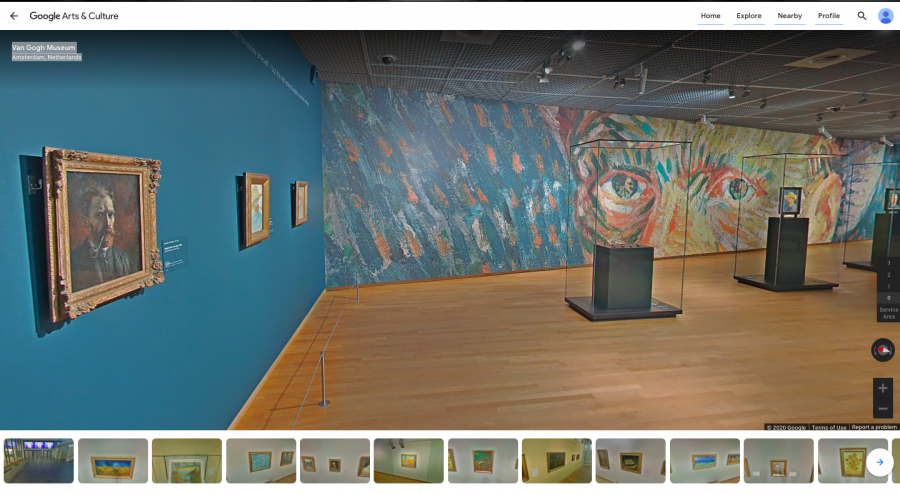
![The Teskey Brothers [Crew] gather together for a curtain call in front of a raucous St. Louis crowd after a two-song encore. (Photo courtesy of Vertrell Yates / @trellseyephotography)](https://unewsonline.com/wp-content/uploads/2024/05/Screenshot-2024-05-21-232057-600x370.png)
